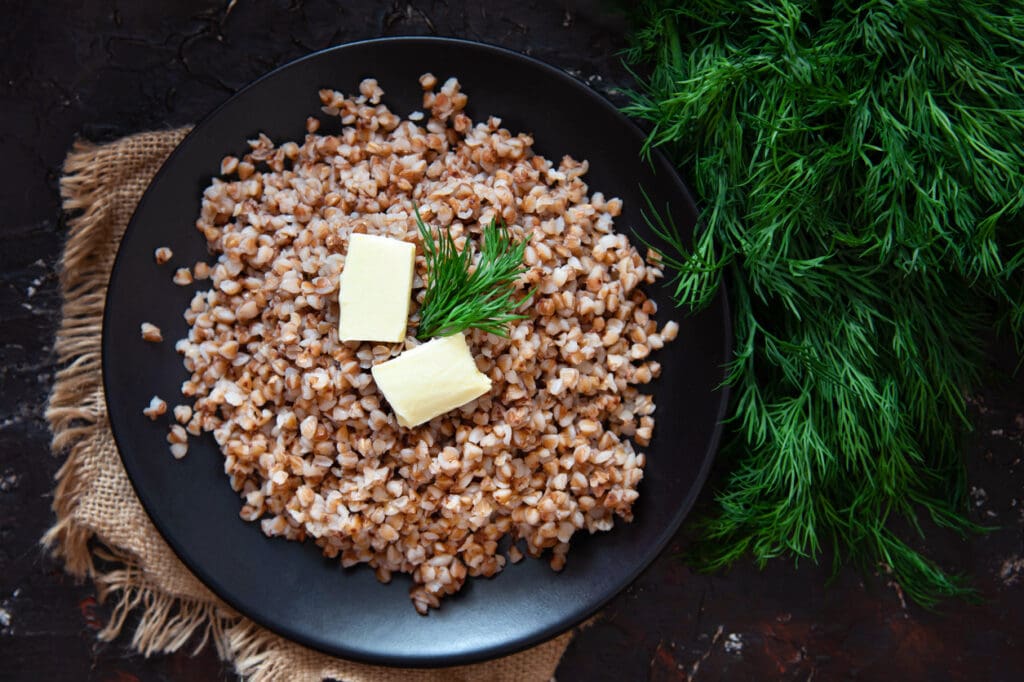
Buckwheat is one of the healthiest grains you can add to your diet, offering a rich source of fiber, protein, and essential nutrients. Despite its name, buckwheat isn’t related to wheat—it’s a gluten-free seed that functions as a whole grain in cooking. Buckwheat kasha, a versatile, gluten-free ingredient, can serve various roles in meals, from breakfast porridge to a hearty side dish. Whether you’re looking for easy buckwheat recipes, tips for cooking buckwheat to perfection, or superfood meal prep ideas, this guide will help you unlock the full potential of this powerhouse ingredient.
From fluffy and light to creamy and hearty, buckwheat can be prepared in multiple ways to enhance both its nutrition and flavor. Read on to learn the best techniques for whole grain cooking with buckwheat. Raw buckwheat groats, which are simply untoasted, can be soaked to enhance nutrient absorption, offering a different texture and flavor compared to buckwheat kasha. Along with practical meal ideas that will make it a staple in your kitchen.
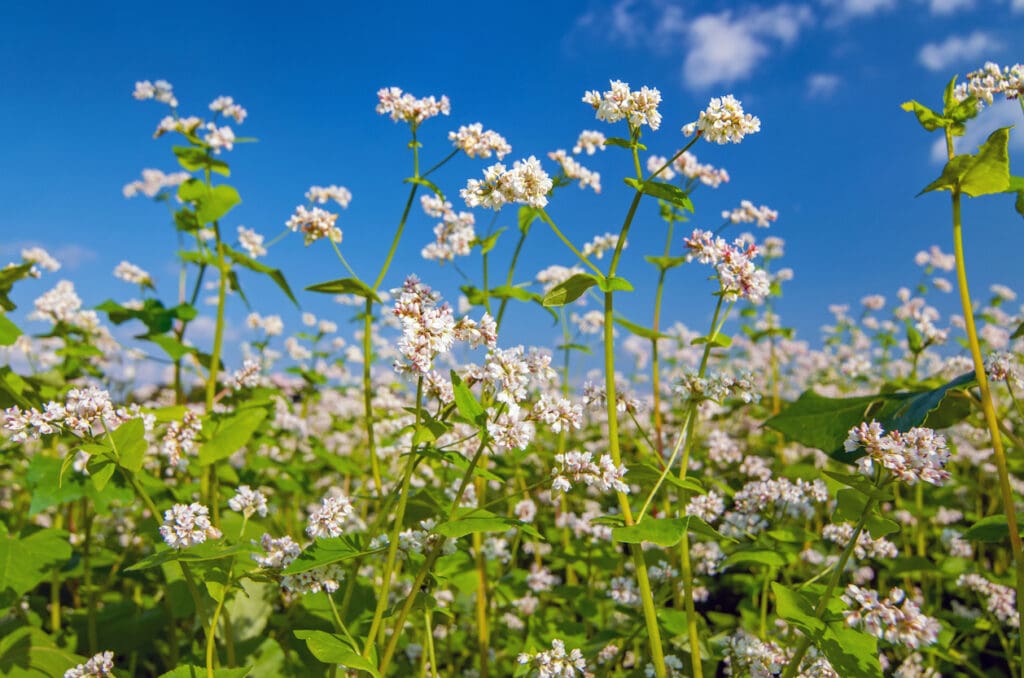
Buckwheat is a nutrient-rich, gluten-free seed that is often misunderstood as a grain. Despite its name, buckwheat is not related to wheat and is a great option for those with gluten intolerance or sensitivity. Buckwheat is a pseudocereal, meaning it’s a seed that can be eaten like cereal grains, but is not a grain. This naturally gluten-free ingredient is incredibly versatile and can be used in a variety of dishes, from breakfast to dinner. Whether you’re making a hearty buckwheat porridge for breakfast or a savory buckwheat pilaf for dinner, this superfood can easily become a staple in your kitchen.
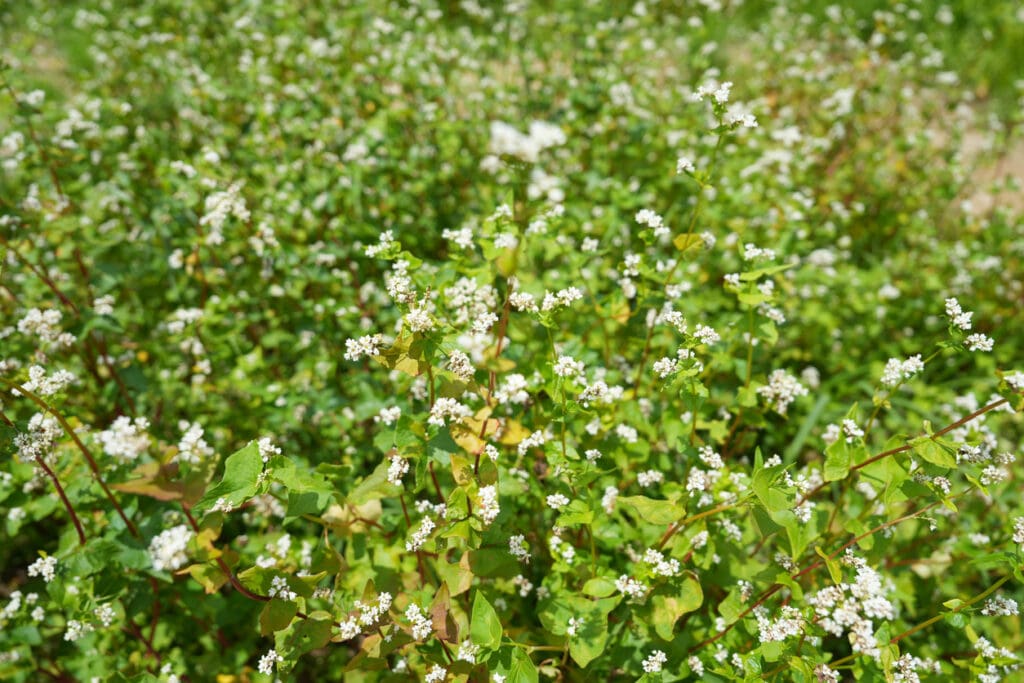
Buckwheat stands out among whole grains due to its exceptional nutritional profile. It’s packed with plant-based protein, fiber, and antioxidants, making it a valuable addition to any diet. Because it contains all nine essential amino acids, buckwheat is considered a complete protein—an important feature for those following a plant-based diet.
Rich in minerals like magnesium, zinc, and iron, buckwheat supports heart health, blood sugar regulation, and digestive wellness. Unlike refined grains, buckwheat has a low glycemic index, meaning it provides long-lasting energy without spiking blood sugar levels. Compared to brown rice and white rice, buckwheat offers superior nutritional benefits, making it a healthier alternative. If you’re looking for superfood meal prep ideas, buckwheat is an excellent ingredient to include in your weekly rotation.

Buckwheat is a superfood that offers numerous health benefits. It’s high in fiber, protein, and essential minerals, making it a fantastic option for those looking to boost their nutrition. The high fiber content aids in digestion and helps maintain a healthy gut, while the protein provides all nine essential amino acids, making it a complete protein source. Additionally, buckwheat is rich in antioxidants, which can help protect against chronic diseases by neutralizing harmful free radicals in the body. Importantly, buckwheat is naturally gluten-free, making it an excellent choice for those with gluten intolerance or sensitivity. Incorporating buckwheat into your diet can support heart health, blood sugar regulation, and overall wellness.

Finding high-quality buckwheat is easier than you might think. You can purchase buckwheat at various health food stores, specialty grocery stores, and online retailers. It’s often found in the international or gluten-free section of the store. For those who enjoy exploring different cuisines, Asian or Eastern European markets are also great places to find buckwheat, as it’s a staple ingredient in many traditional dishes. When purchasing buckwheat, make sure to choose a reputable brand that offers high-quality, gluten-free buckwheat to ensure you’re getting the best product for your meals.
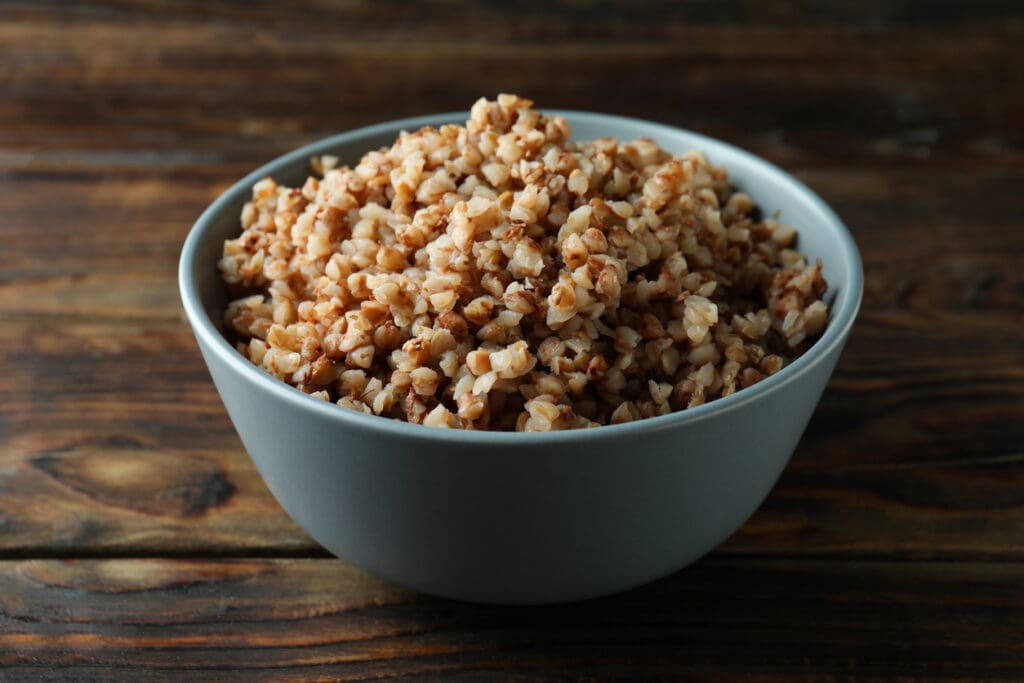
Before cooking buckwheat, it’s important to know which type you’re working with. The two main forms of buckwheat used in recipes are:
The simplest way to prepare whole grain cooking buckwheat groats is to cook them on the stovetop, similar to rice or quinoa.
For a nuttier flavor, try toasting the groats in a dry pan for a few minutes before cooking. This enhances the depth of flavor and makes buckwheat an even tastier addition to savory or sweet dishes.
For a softer, creamier texture, buckwheat can be prepared as a porridge. This method is perfect for superfood meal prep, as it provides a hearty and nutritious start to your day.
This buckwheat recipe is a fantastic alternative to oatmeal and keeps you full for hours, making it a great addition to a balanced breakfast routine.
Buckwheat is incredibly versatile and can be used as a hearty base for salads, stir-fries, or side dishes. Drizzling soy sauce over savory buckwheat dishes can enhance their flavor.
This pilaf pairs well with roasted vegetables, grilled chicken, or beans for a well-rounded meal. Alternatively, consider using wild rice as a complementary ingredient for added protein and fiber.
This pilaf pairs well with roasted vegetables, grilled chicken, or beans for a well-rounded meal.
Buckwheat flour is a fantastic non-wheat alternative for baking. It adds a rich, earthy flavor and works well in pancakes, muffins, and gluten-free bread.
These hearty pancakes are perfect for a protein-packed breakfast or brunch.
Mushy buckwheat can be a common problem when cooking with this ingredient, but it’s easy to avoid with a few simple tips. First, make sure to use the correct water ratio—generally, a 2:1 water to buckwheat ratio works best. Overcooking is another culprit for mushy buckwheat, so keep an eye on the cooking time and remove the buckwheat from heat as soon as the liquid is absorbed. Using a non-stick pan can also help, as it prevents the buckwheat from sticking and breaking apart. Finally, stirring the buckwheat frequently during cooking can help maintain its chewy texture and prevent it from becoming mushy. By following these tips, you can enjoy perfectly cooked buckwheat every time.
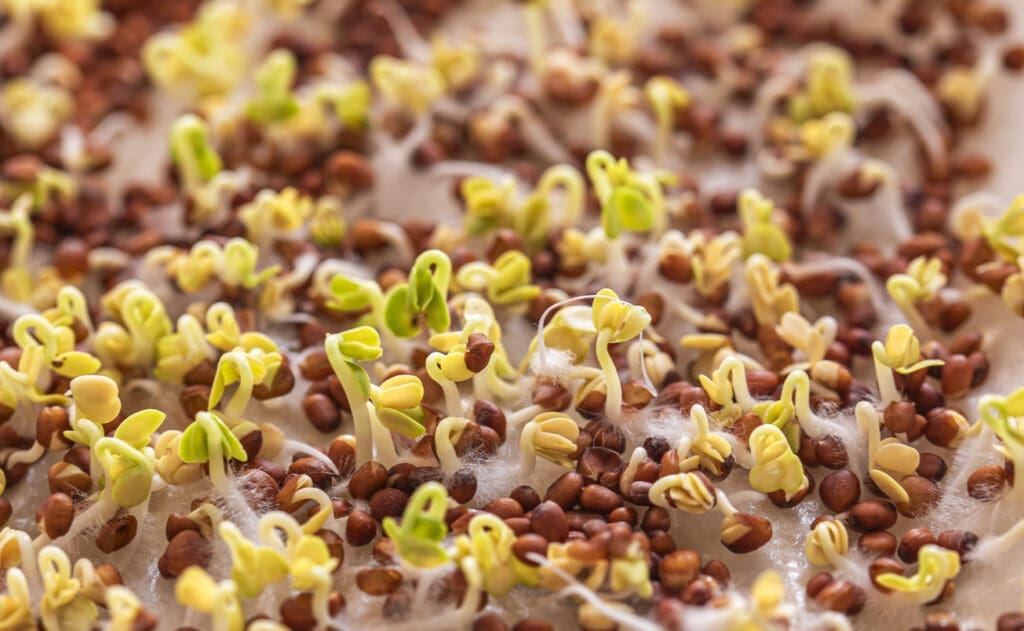
Buckwheat is an excellent addition to superfood meal prep because it stores well and can be used in multiple dishes throughout the week.
By preparing buckwheat in advance, you can save time in the kitchen while enjoying a variety of nutritious, gluten-free meals.
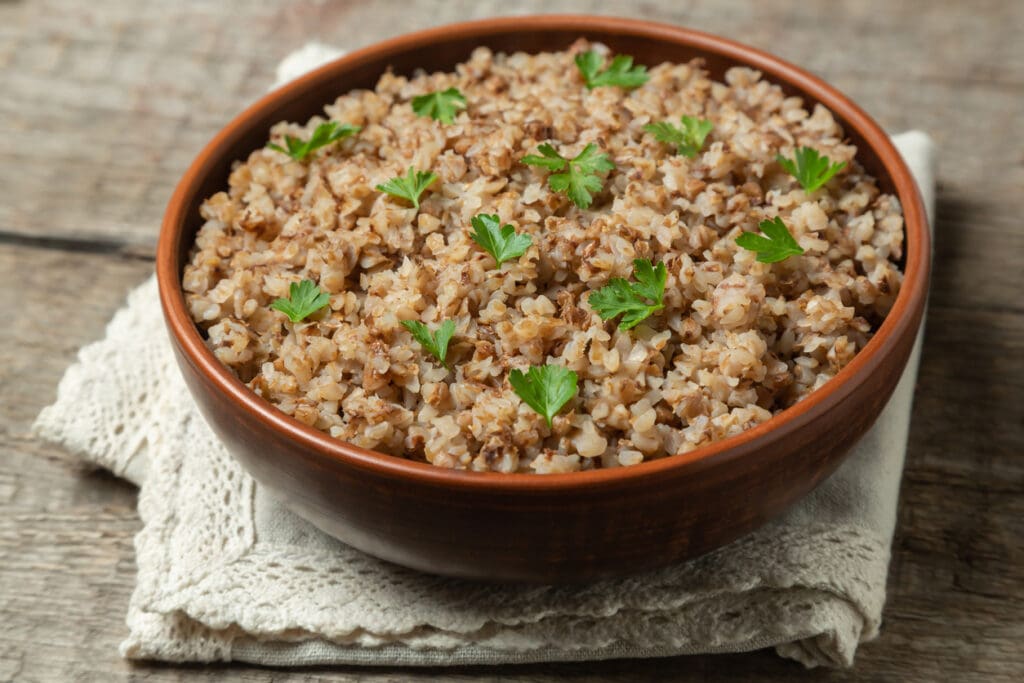
Now that you know how to prepare buckwheat for maximum nutrition and flavor, it’s time to start incorporating this incredible grain into your meals. Whether you’re making a warm breakfast porridge, a protein-rich salad, or using buckwheat flour for gluten-free baking, the possibilities are endless.
At Doudlah Farms, we believe in providing high-quality, organic buckwheat to help you create delicious, nutrient-rich meals.
Ready to start cooking buckwheat? Explore our selection of organic buckwheat products today and enjoy one of the world’s healthiest grains!